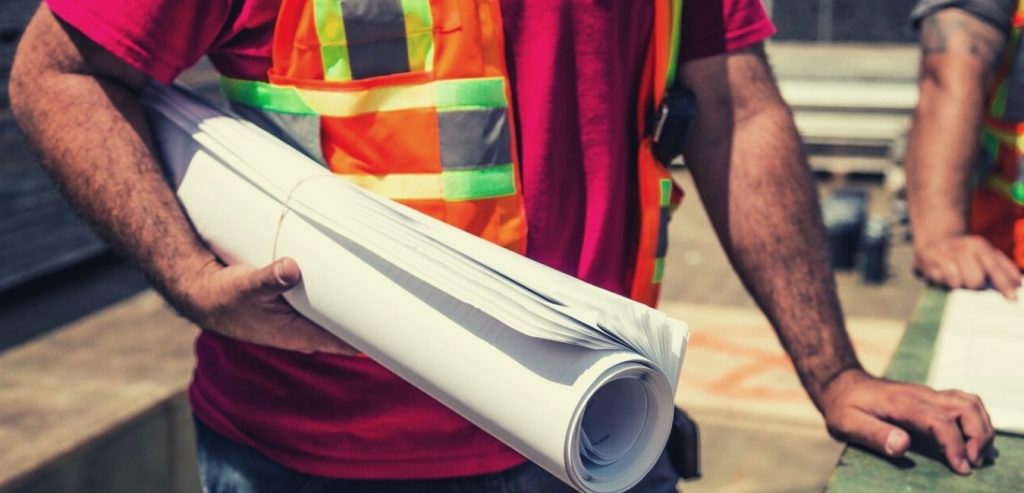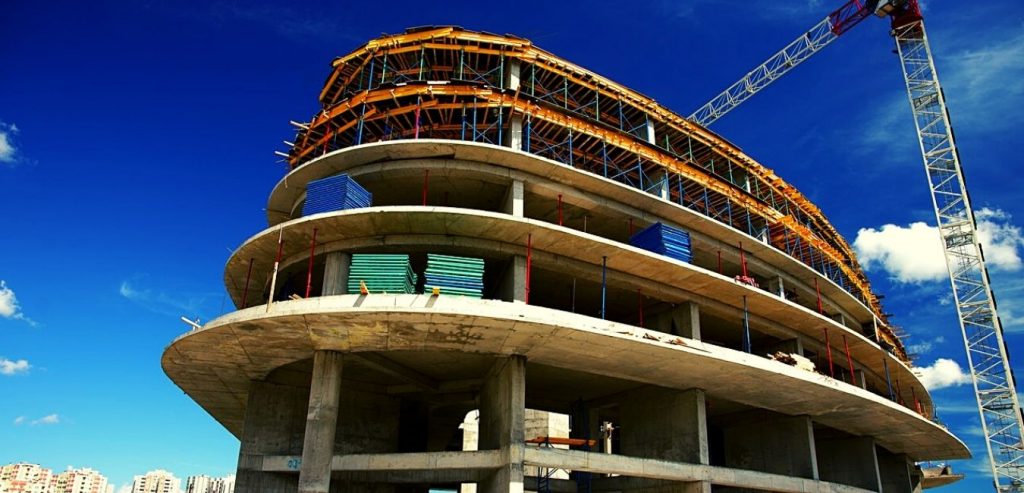Scheduling, quality, safety, and customer satisfaction are among the key reasons you should hold a pre-construction meeting.
Pre-construction meetings are excellent ways of ensuring everyone on the construction team is on the same page. A pre-construction meeting occurs when the building is at the initial base framing before any serious building works. The project team meets with the owner and goes through all the necessary details of homebuilding. This way, it is easy to identify potential issues, expected projections, non-conformities, and conflicts and reduce the chance of too many change orders.
Table of Contents
What is a pre-construction meeting?
This refers to a meeting held by the project team before the actual project execution. It maps out the project, and potential arising issues, and gives the team familiarity with the expectations of the project before it begins.
All team members are alerted of their responsibilities, as well as the work procedures are explained to everyone. Proper communication and scheduling then happen, which sets the foundation for the project initiation.
Why are pre-construction meetings important?
The seeds of project failures and challenges are planted long before actual construction occurs. Projects with poorly defined scopes and design requirements do not improve after construction.
Construction is a dynamic process, and a pre-construction meeting communicates the plans and expectations to all critical players before construction starts. It also defines the roles of all the members and the construction procedures necessary for complete project execution. When the project members fully understand their roles and communication channels, scheduling can then begin seamlessly.
The pre-construction meeting also minimizes risk, delays, and overruns by ironing out any gray areas before construction starts. In addition, it is the opportunity to go through the documents needed for the project.
The pre-construction meeting also establishes quality expectations. It is an opportunity to reinforce your philosophy on quality to focus on individual quality roles to make the project a success.
What should be discussed in the pre-construction meeting?
All the meeting’s participants should be informed beforehand, and copies of the meeting distributed to the attendees. During the pre-construction meeting, the discussion matters typically are the introduction to the project and project owner, roles and responsibilities of the project team, chains of command and communication channels, document reviews, and any other business. Everyone in the meeting needs access to the contractual and project documents to avoid any misunderstandings or ambiguities.
Who runs a pre-construction meeting?
The contract administrator usually chairs the pre-construction meeting. The contract administrator may be the project manager, architect, cost consultant, lead engineer, or client’s representative depending on the contract. The client appoints the contract administrator, but their decisions are independent, honest, and rational. Therefore, the findings are open to challenge unless the contract makes the determinations conclusive.

Who attends a pre-construction meeting?
The attendance of the meeting depends on the scope of work of the project. A small project will have fewer attendees, and some will play many roles. A big project, on the other hand, will have more attendees. Most small and mid-sized projects tend to skip pre-construction meetings, but this is a big mistake as even a small project can be costly if it does not go to plan. Below is a list of the key players likely to be involved in the meeting: –
- Project Manager
- Quality control superintendent
- Safety officer
- Chief Engineer
- Architect
- Human resource manager
- Accountant
- Procurement manager
- Chief estimator
- Legal counsel
Each of the stakeholders should contribute to the issues that impact their responsibilities in the project. The primary idea is to have everyone individually map out the best ways to contribute to the project’s success.
4 Ways to prepare for the meeting
A proper pre-construction meeting covers all project aspects and informs everyone about the project. There are several steps one needs to consider, as we will discuss below.
Set the agenda
The pre-construction meeting’s plan is to prepare for the works to keep all the parties on course. It becomes easy to level out the expectations at the meeting. The discussion points include introductions for everyone to know the key players. It also consists of the following information: –
Development plan reviews and clarifications. This includes an overview of the development plan by the project manager.
- Site conditions and contractor concerns on scheduling
- Construction permits
- Inspection procedures and testing requirements
- Submittal requirements for final inspection
- Contract reviews
- Schedule reviews
- Quality control
- Safety
- Document handling and communication.
Prepare a checklist
While the project team may perform the same task from job to job, a key distinguishing feature is a client. Therefore, there needs a checklist for the meeting that caters to client-specific and project-specific needs. You need to set the date, time, and meeting duration. This is to give the attendees time to free up their schedules and attend the meeting.
Once you have the date set, you need to choose an appropriate venue to host all the participants.
Another essential checklist is the visual aids. You will need to present to the group drawings, technical features, renderings, and schedules. It is also a good idea to include a whiteboard that helps participants take notes, make lists and stay at par with the critical points in the presentation.

Prepare for questions
Apart from the general queries on policies, schedules, and contracts, other questions are likely to arise in the meeting. These are: –
- Who is responsible for quality assurance? What are their titles and roles?
- How will the project team resolve conflict if it arises? What is the communication channel, and who has the authority over issues?
- How will preparatory meetings for each construction phase be coordinated?
- Who will establish quality expectations?
- What are the estimated milestones?
- Who has permission to visit the site, and when?
- If there will be leftover material at the end, who gets to keep it?
You can ask various questions in a meeting unique to that specific meeting, as each project is different. But the above should give you an idea of the types of questions to ask.
The questions might be time-consuming, but it is better to address them before construction commences. This way, you can make all the necessary adjustments beforehand. It has been noted that if a pre-construction meeting does not occur, the project is costlier and takes more time to complete.
Prepare documents for review.
After the agenda, the project documents are significant for review, with the project’s contract being the most important. Everyone in the meeting should have access to the agreement and review any misunderstanding on any clause in the discussion. The other necessary documents to check are:
- The project’s schedule
- Payment schedules
- Building permits
- Construction cost estimates
- Project drawings and as-built plans
- Site policies and procedures, especially on safety
- Reporting requirements
This is everyone’s final glance before the project commences. There will be no room for side issues once the project starts.
Outcomes of a pre-construction meeting
There are some outcomes to aim for at the end of the meeting. Ideally, every attendant should have a detailed understanding of their roles and responsibilities before the meeting as they bid for the project. However, the participants might not know how well their roles affect and intertwine the roles of other participants. Therefore, the pre-construction meeting makes the participants see their roles more comprehensively and see any likely pop-up problems.
The meeting should foster discussion and conversation amongst the participants and discuss the key agenda points. The meeting should also have minutes for record-keeping. This way, it will be easy to identify who is expected to follow up with who and who is responsible for clarifying gray areas.
In a nutshell, the meeting’s outcome is for everyone to know their roles and how they fit into the project. In addition, they should be able to see the project through the eyes of other participants and understand their responsibilities and rights.
FAQs
Indeed, questions arise concerning the pre-construction meetings. Below are some of the answers to the frequently asked questions about pre-construction meetings.
Can I make changes after the pre-construction meeting?
Some changes are possible and others impossible. For example, after the pre-construction meeting, you cannot alter structural options because the local or municipal authorities have already issued building permits, and they already have the plans. With design options, however, you have some leeway though it is going to cost you more.
This is where change orders come in.
Your contractor will ask you for a change order fee on top of the item’s price in the plan. This fee is to ensure everyone is at par with the new design changes.
How will the project team communicate?
One of the pertinent questions in any project is communication. After hiring a contractor, the team should also have a project manager to oversee communication. One of the agendas in the meeting is finding out the project manager’s preferred communication channel. Are they free to calls or text when one needs to raise an issue? What does one need to put in writing? How often will the project team have scheduled meetings throughout the project? It is vital for the project team to feel confident of the communication channels kept in place.
Summary
Pre-construction meetings lead to increased overall project efficiency. They minimize risks and work-related incidences and give room for more significant project profits. The goal is to complete the project in time and budget while reducing risks and costly delays. In addition, involving your project team at the start of the project helps you identify sidestep traps that show up in every construction project.

